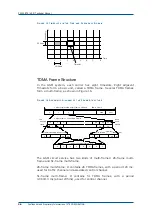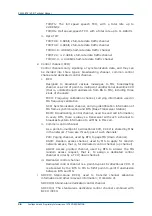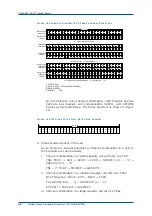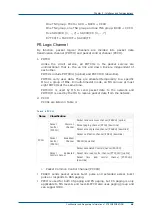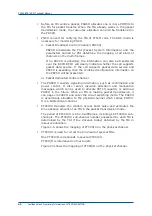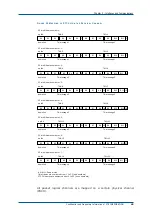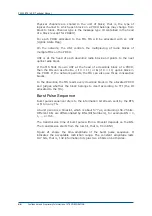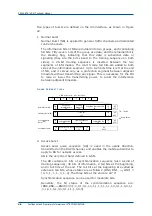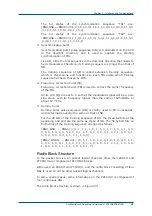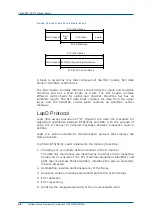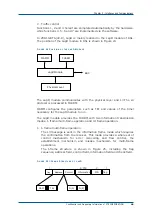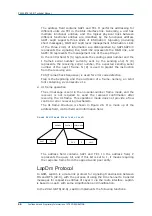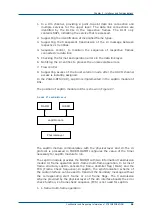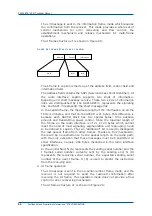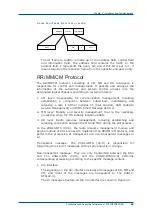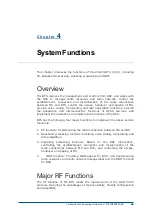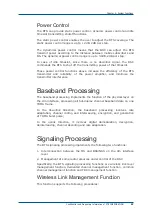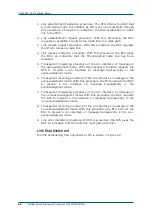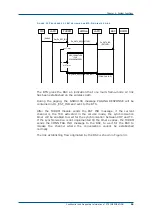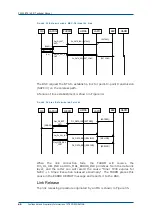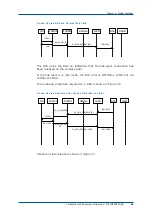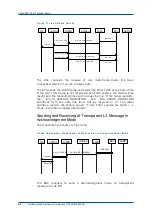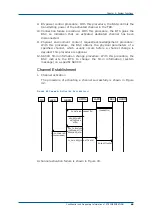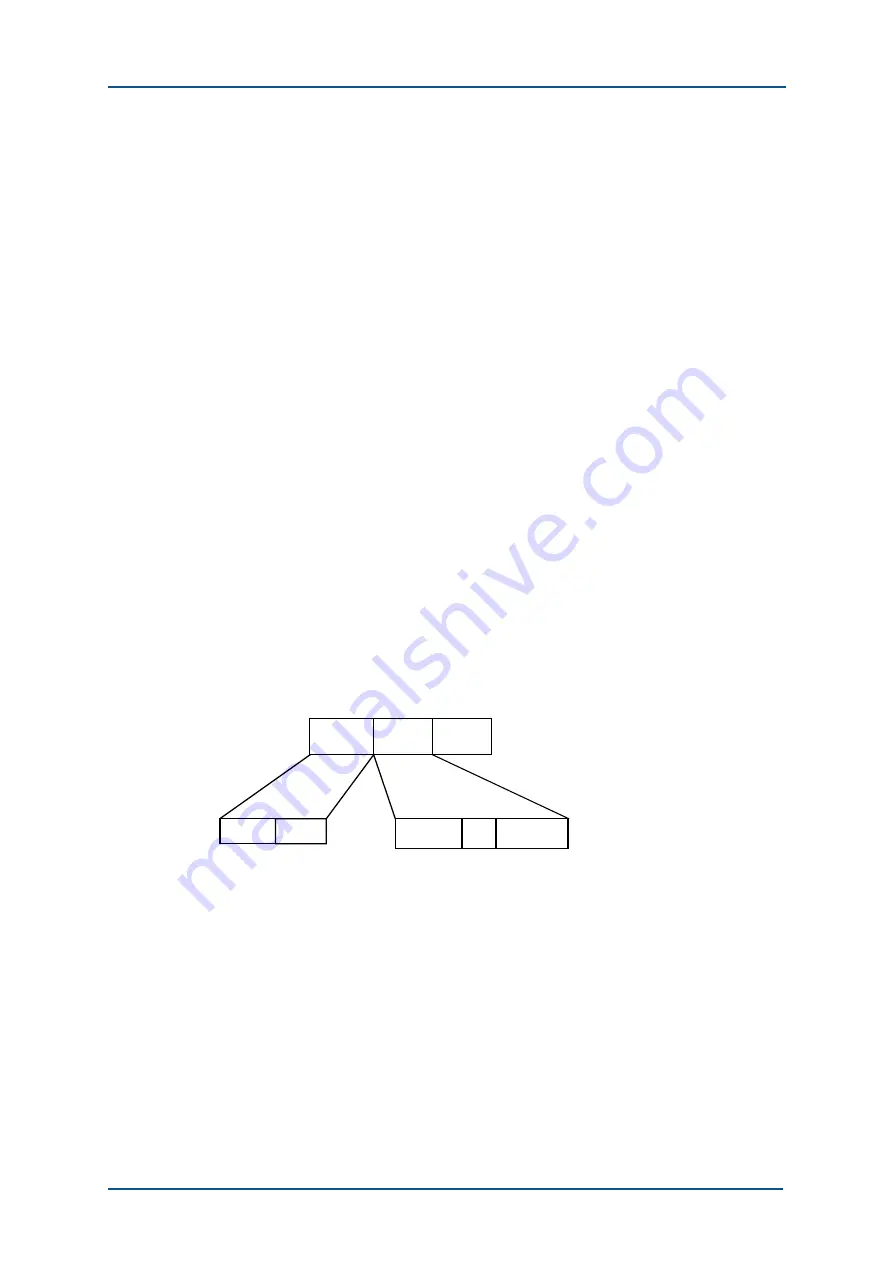
ZXG10-BTS (V2.9) Technical Manual
50
Confidential and Proprietary Information of ZTE CORPORATION
The address field contains SAPI and TEI. It performs addressing for
different units via TEI in the Abis interface link. Generally, a unit has
multiple functional entities, and the logical physical links between
different functional entities are identified by the functional address
SAPI. LapD supports three kinds of information: Signaling (including
short messages), O&M and LapD layer management information. Links
of the three kinds of information are distinguished by SAPI.SAPI=0
represents the signaling link, SAPI=62 represents the O&M link, and
SAPI=63 represents the management link of the LapD layer.
In the control field, N (S) represents the sending serial number and the
I frame’s serial number currently sent by the sending end; N (R)
represents the receiving serial number, the expected sending serial
number of the next I frame. N (R) is used to predict the instruction
from the receiving end.
FCS (Frame Check Sequence) is used for error code detection.
Flag is the beginning and the end token of a frame, namely, an 8-bit
font containing six consecutive 1s.
2. UI frame operation
The L3 message is sent in the no-serial-number frame mode, and the
receiver is not required to send the received confirmation after
receiving the UI frame. This operation mode does not provide a flow
control or error recovering mechanism.
The UI frame structure is shown in Figure 26. It is made up of the
address field, control field and information field.
F
I G U R E
2 6
U I F
R A M E
S
T R U C T U R E O F
L
A P
D
Address
Control
Information
000
P
0011
TEI
SAPI
The address field contains SAPI and TEI. In the address field, P
represents the query bit, and if this bit is set to 1, it means requiring
the response frame from the opposite-end peer entity.
LapDm Protocol
In GSM, LapDm is a data link protocol for signaling transmission between
MS and BTS (V2.9), with the purpose of using the Dm channel to transmit
messages for respective entities of Layer 3 via the radio interface. LapDm
is based on LapD, with some simplification and modification.
In the ZXG10-BTS(V2.9), LapDm implements the following functions:
Summary of Contents for ZXG10-BTS
Page 4: ...This page is intentionally blank ...
Page 8: ...Figures 121 Tables 123 ...
Page 9: ...This page is intentionally blank ...
Page 10: ......

